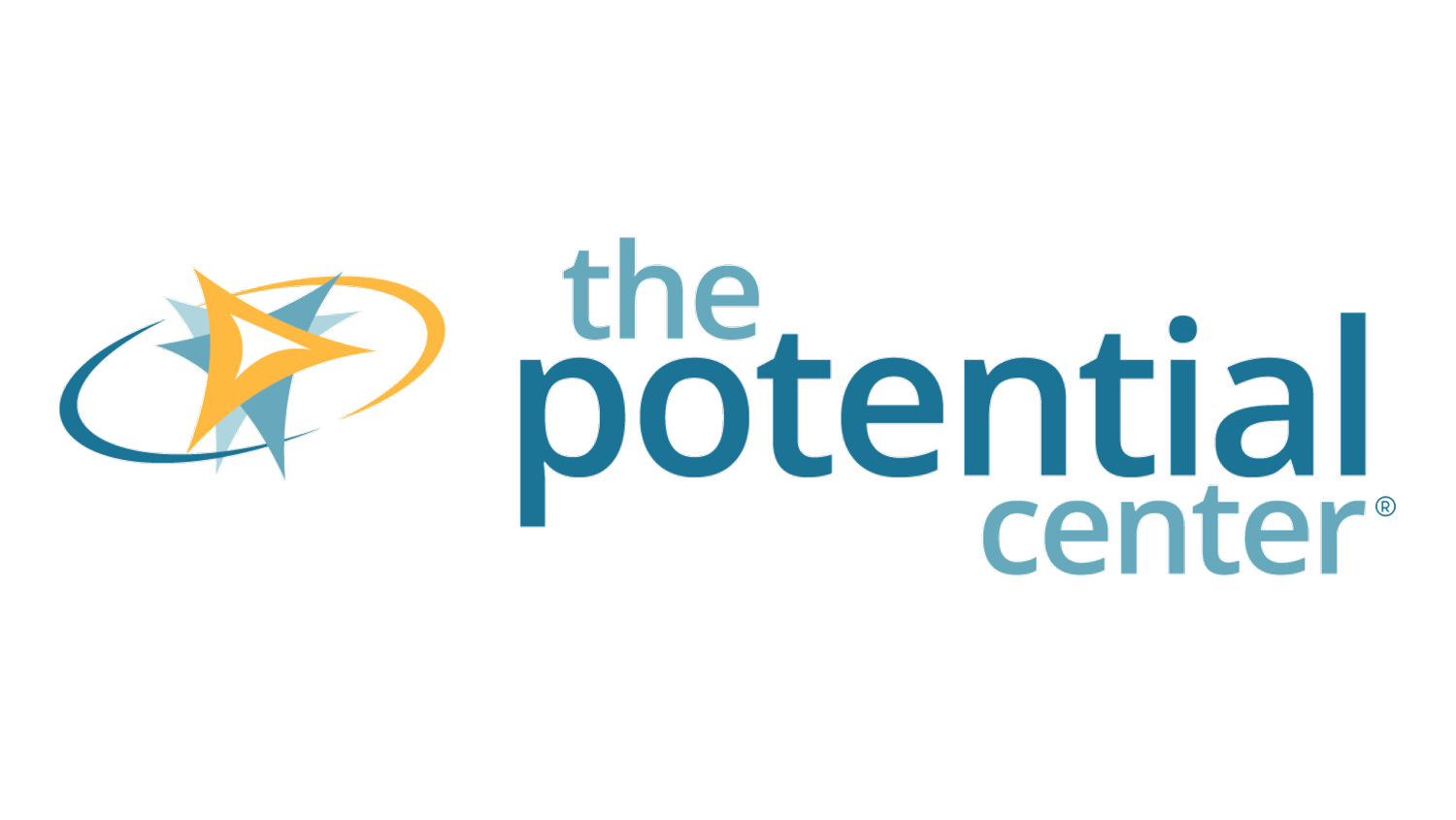How Creative Thinkers are like Mavericks
What’s your Maverick characteristic?
Creative thinkers – people who think different – are often branded as mavericks or oddballs. Being an oddball isn’t necessarily a bad thing – mavericks who strike out on a different path (think Gandhi), who are record-breaking athletes (Jessie Owens, Pele, Michael Jordan), and who are innovators (Jobs, Musk, Branson) have truly achieved great things.
Maverick characteristics
Maverick characteristics include being pioneering, ambitious, entrepreneurial, creative, and, it’s true, irreverent. Mavericks are adventurous and like to experiment, and their enthusiasm is infectious. It’s these traits that contribute to their style of peak performance.
Trouble is, myself included, creative thinkers are often considered misfits in business. That they’re often sidelined in the workplace just doesn’t make sense: creative people are driven to improve things – their product or service, their living circumstances, the world they inhabit – not to seek approval from others.
Businesses benefit from being open to diverse mindsets, and from striving to learn from creative thinkers’ thought processes.
And it’s not just businesses that benefit. The world needs us all to be at the top of our game. Whether by providing goods and services that contribute to a strong economy, finding small ways to make a bigger difference in the world and the environment, or by being the best parent or person we can be, I believe we have a duty to strive for creative solutions.
In fact, it’s the perfect time – in the Innovation Age – to take on this challenge. New opportunities, including in the form of crises, are coming our way faster than ever. To be able to leverage these opportunities through products, services and systems, organizations need to intentionally think outside the box – through creative problem-solving – or build a new box, through innovation. Companies that embrace this kind of change the quickest will win the race for “most admired organization”.
What’s the fastest way to get to Maverick level?
Getting in the habit of addressing a problem with creativity is a quick way to invite new solutions. (See below for an upcoming toolkit that will help with this.)
I’ve had a lot of people telling me they’d like to use brainstorming exercises, but they don’t know where to start. Over the next few months I’ll be sharing a series of tips for brainstorming. Here’s a small taste…
Random objects exercise
Random Objects is a quick warm up exercise you can use at the beginning of a meeting to help people loosen up and get their creative juices flowing:
Pick up an object near you and take a minute to think what else it could be used for. If I pick up a stapler, for example, the ideas I might have for it could be:
as a paperweight
to temporarily repair the hem of my trousers until I have time to sew it properly
an animated character – I could paint eyes and eyebrows on the top section so it looks more like a face. I could even use the character in a video or PPT show.
You could take this one step further and talk about what else this makes you think of; it may even relate to a specific problem you’ve been having – “This stapler is like [my problem] because…” or “[This idea] makes me think of…”
Try this exercise at your next team meeting and see what happens!
Brainstorming Playbook
I’m launching a Brainstorming Playbook later this year. The Playbook is a brainstorming session toolkit that will consist of session guidelines and creative thinking exercises. The Random Objects exercise is a quick example of what the Playbook could contain.
If you’re interested in learning more about the Playbook, and how it could help you become a creative maverick, just express your interest or email me at Ellia@ThePotentialCenter.com. We’ll send updates (and perhaps a teaser or early bird price!) as plans come together.
What’s your Maverick characteristic?
I believe that, with the right support anyone can learn creative ways to solve problems. If you’re not sure what tapping into creative potential could look like at your place of work, contact me at Ellia@ThePotentialCenter.com to arrange a call.

